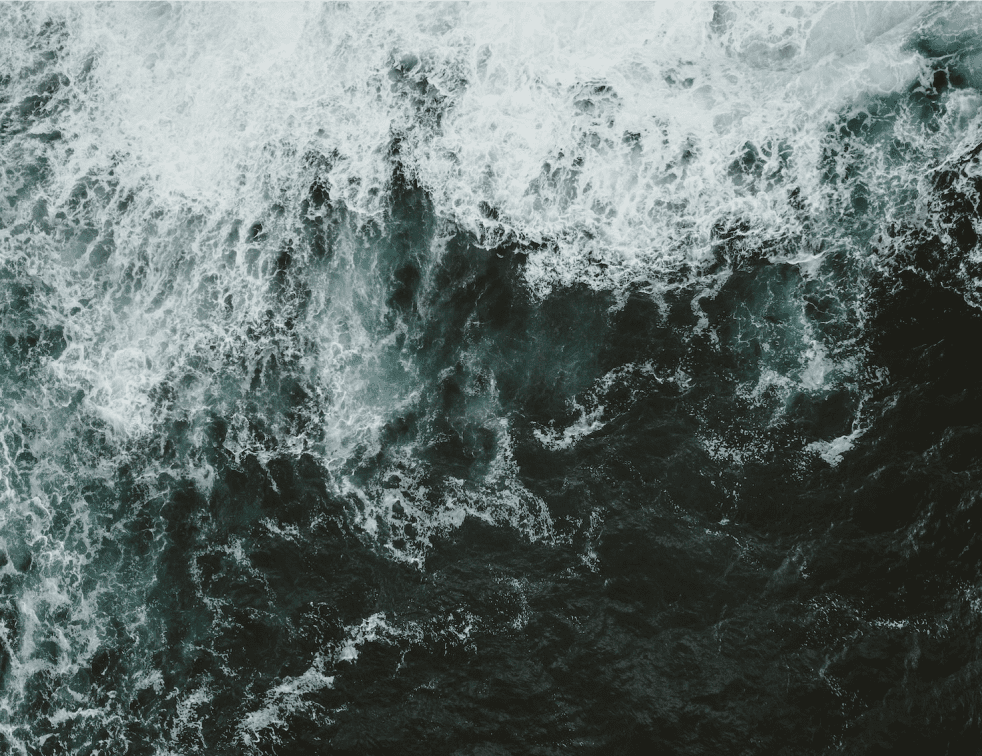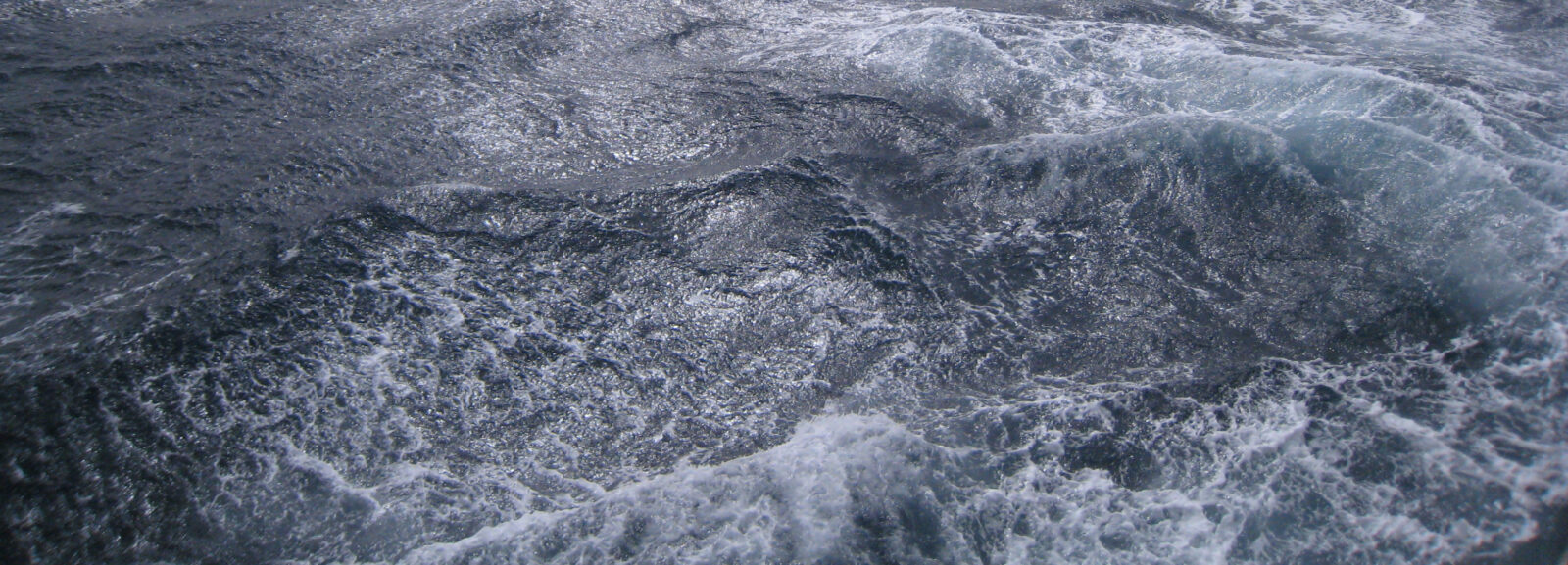
The recruitment of cod and haddock on the Faroe Shelf and the Faroe Bank is likely influenced by ocean currents
The cod stock on the Faroe Shelf has been historically low in recent years. This is most likely due to both overfishing and changing environmental conditions in the sea.
The recruitment of young fish plays a major role in determining how large a fish stock becomes. In general, good recruitment coincides with good growth conditions on the Faroe Shelf, and therefore with more available food.
There was very good recruitment in 1983, 1994, and 2000, and fairly good recruitment in 1987, 2009, and 2017. However, good growth conditions on the Faroe Shelf do not always lead to a clear increase in stock size.
According to a recent scientific article published in the journal Frontiers in Marine Science, the answer may possibly be found in the open ocean areas.
Warm Atlantic water, which influences the Faroe Shelf, contains less nutrients (a prerequisite for growth) and zooplankton than the colder water found in the subpolar gyre and the East Icelandic Current (see figure).
The mixing of subarctic water from these sources therefore has a nourishing effect on the Atlantic water — and probably on the Faroe Shelf as well.
The years when recruitment was not clearly reflected in the size of the stock coincided with a weak subpolar gyre and/or a weak East Icelandic Current.
Between 2002 and 2014, there was little subarctic water around the Faroe Islands, and the conditions for both birds and fish on the Faroe Shelf were very poor.
The inflow of subarctic water increased after 2014, and following this change, the amount of cod on the Faroe Bank grew significantly. In addition, the amount of haddock increased both on the Faroe Bank and on the Faroe Shelf.
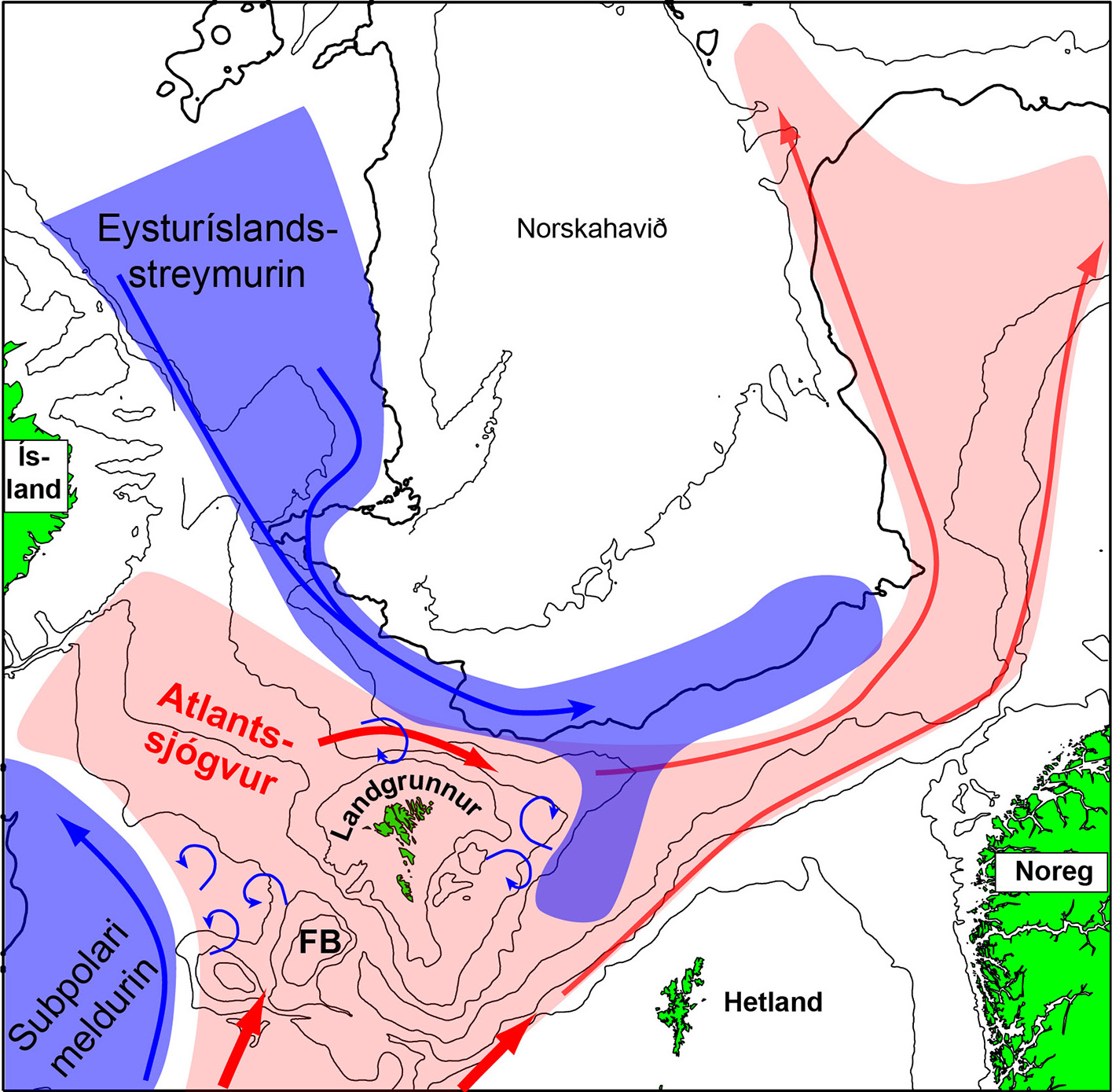
The question remains why the cod stock on the Faroe Shelf has not experienced the same increase in recent years.
The new article can be read here.
Hjálmar Hátún
Marine environment
PhD, Oceanographer
hjalmarh@hav.fo / +298 22 90 92
Profile in PURE / Articles / CVNews & announcements

The recruitment of cod and haddock on the Faroe Shelf and the Faroe Bank is likely influenced by ocean currents
27.10.2025
The cod stock on the Faroe Shelf has been historically low in recent years. This is most likely due to both overfishing and changing environmental con…
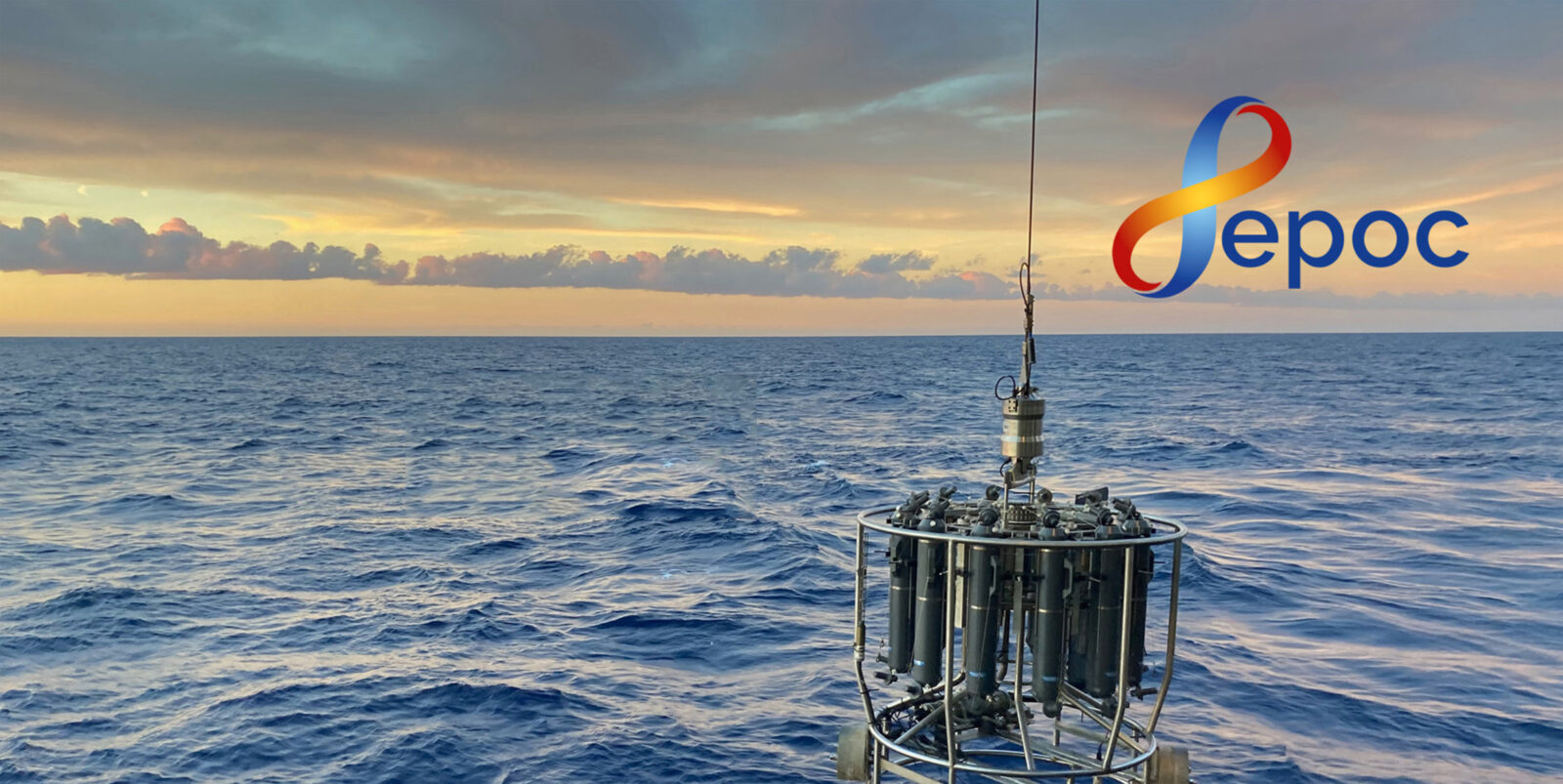
FAMRI in new project
15.07.2025
This spring, Faroe Marine Research Institute (FAMRI) received funding from the EU for participation in the large EPOC project, which studies the therm…
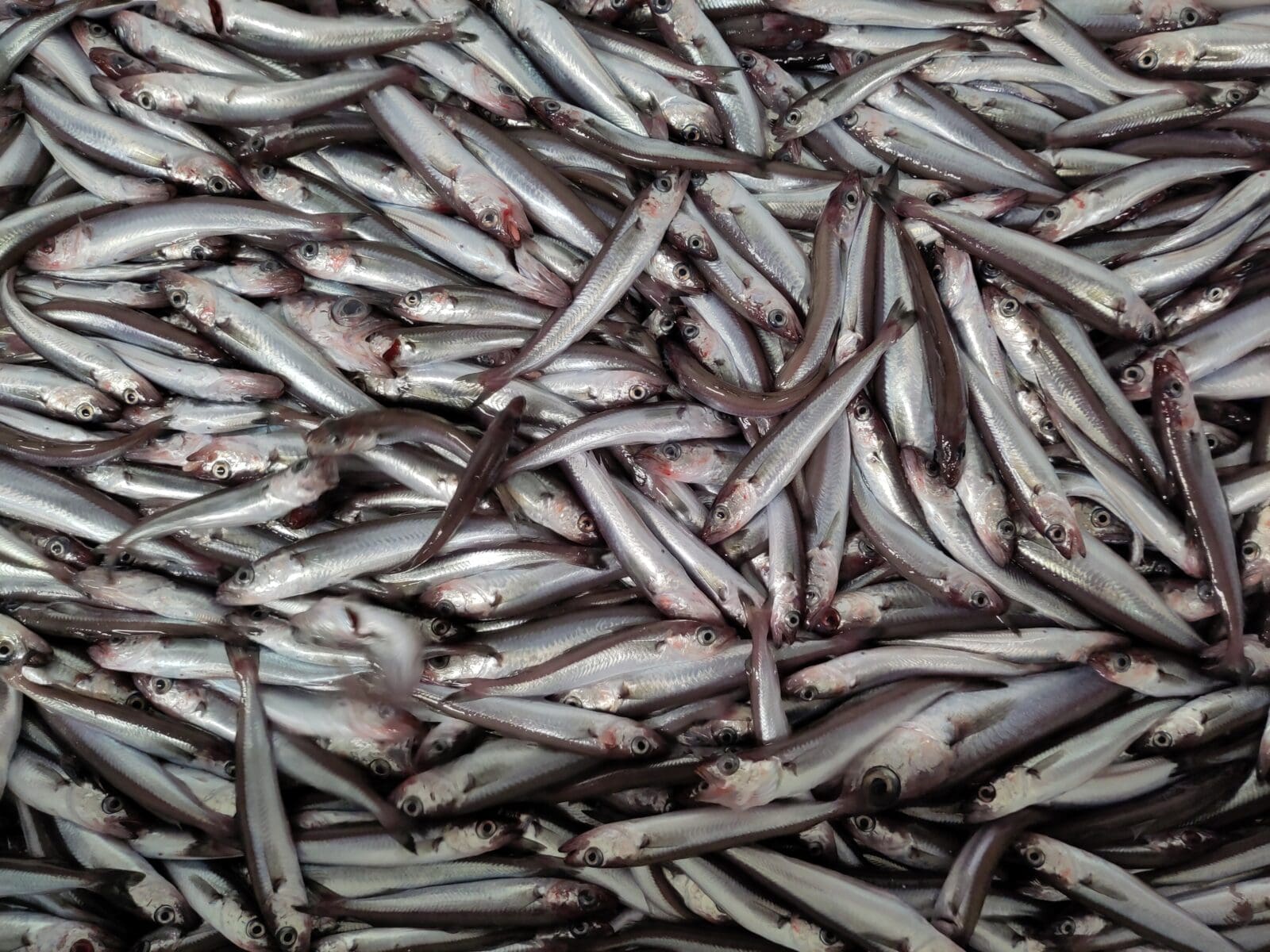
Recruitment to the blue whiting stock may possibly be predicted
10.07.2025
The very variable size of the blue whiting stock is determined both by fishing pressure and by the recruitment of young fish. A new article, for the f…
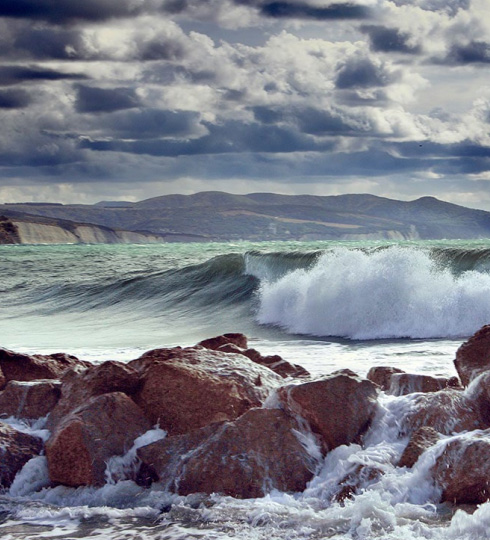
Working group on phytoplankton and microbial ecology: WGPME; Outputs from 2024
19.01.2025
Report published as “ICES Scientific Reports” in January 2025. Rowena Stern, WGPME Expert Group, Ian Salter, Nicole Poulton
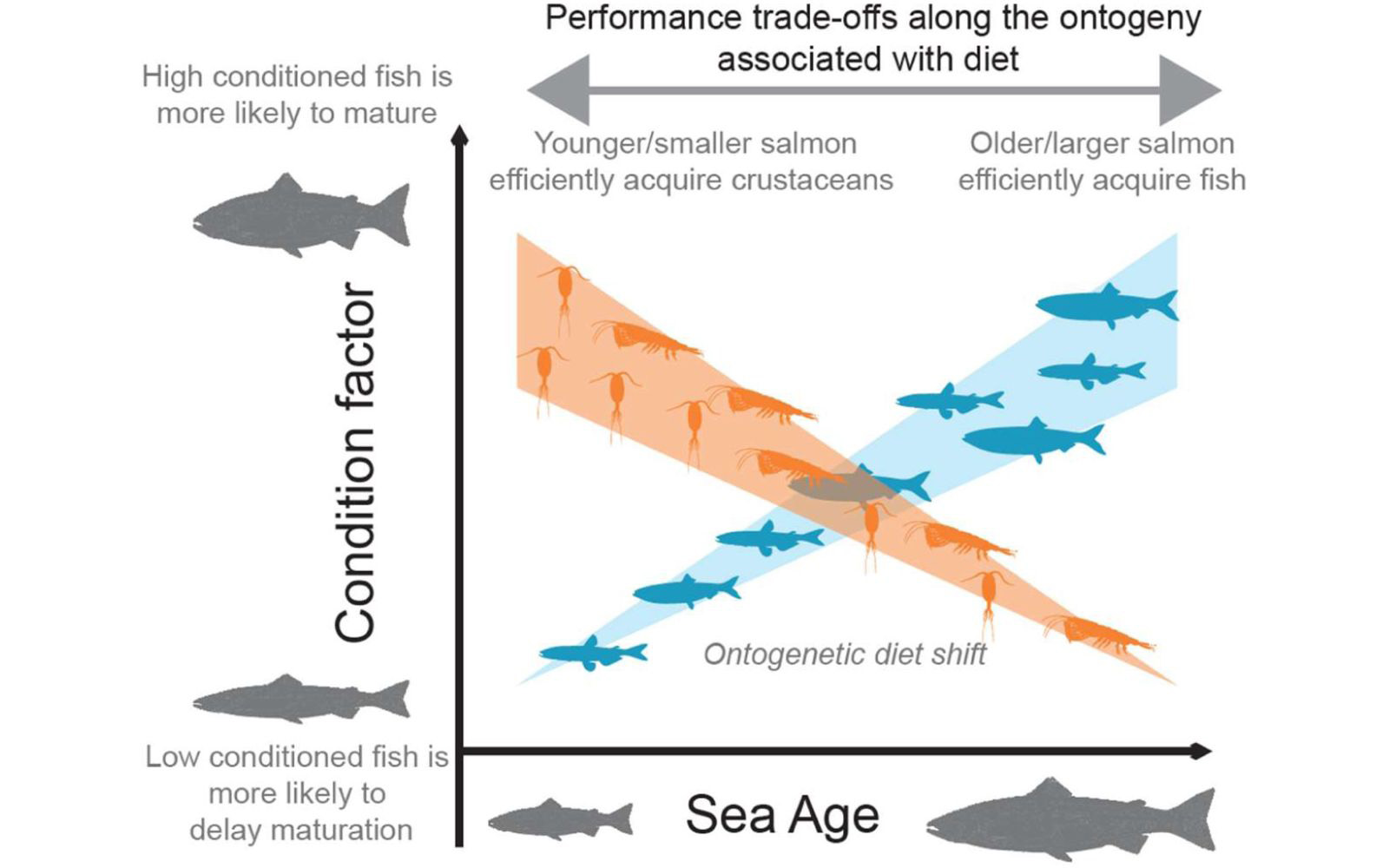
Diet drives performance trade-offs along Atlantic salmon ontology
17.12.2024
Article published in “bioRxiv” in June 2024. Tutku Aykanat, Jan Arge Jacobsen, Kjetil Hindar
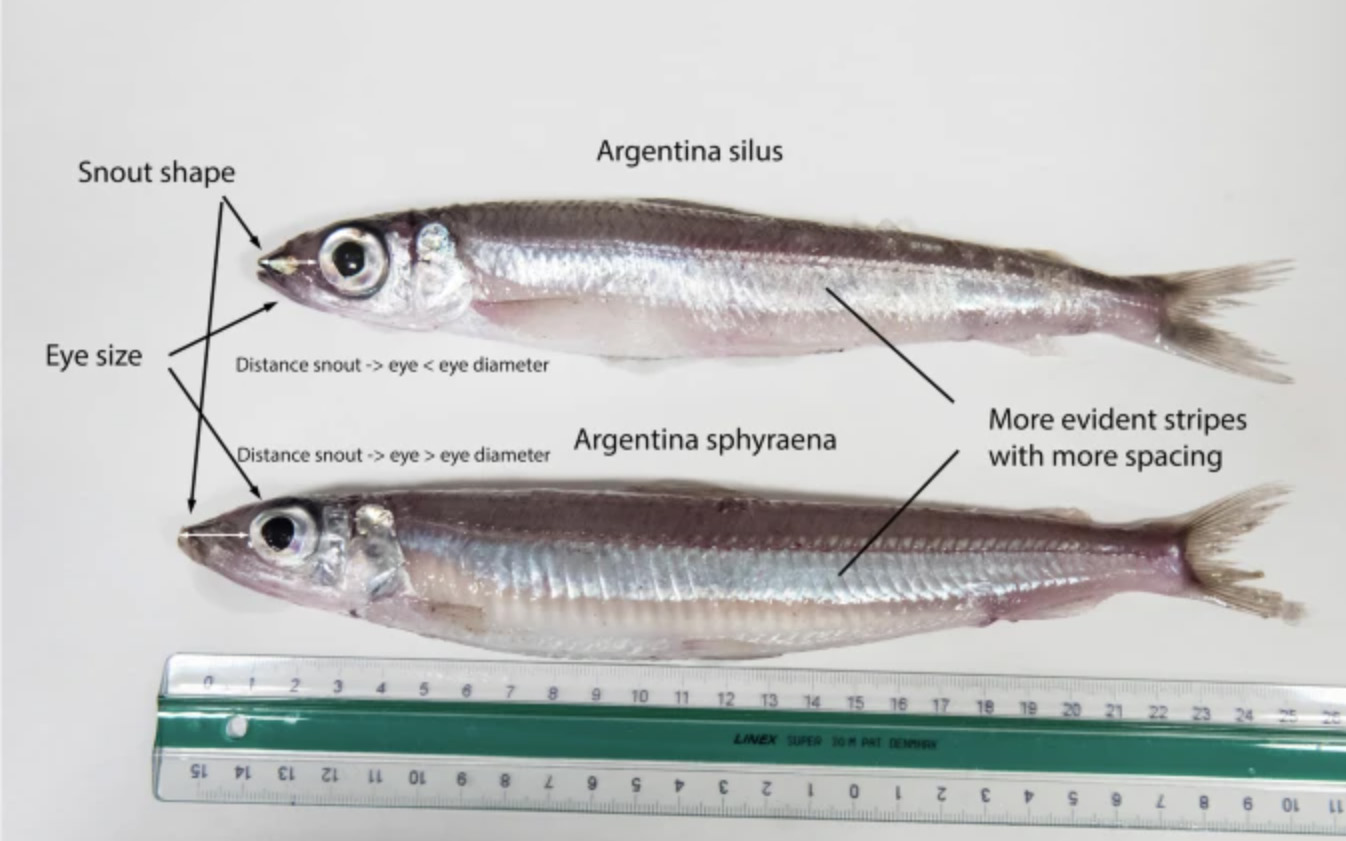
A Faroese perspective on decoding life for sustainable use of nature and protection of biodiversity
04.12.2024
Article published in “npj Biodiversity” in December 2024. Svein-Ole Mikalsen, Jari í Hjøllum, Ian Salter, Anni Djurhuus, Sunnvør í…
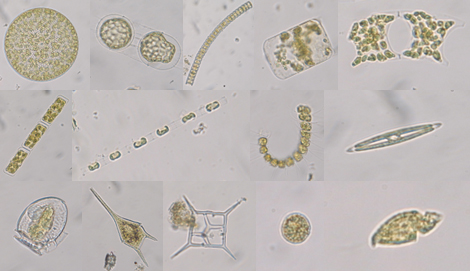
A registry of Phytoplankton diversity in Faroese Shelf waters: Combining results from the Faroese Marine Ecosystem Observing Study (FAMEOS) with historical records
23.01.2024
Technical report published as “HAVSTOVAN 24-03” in January 2024. Ian Salter, Ebba Mortensen

